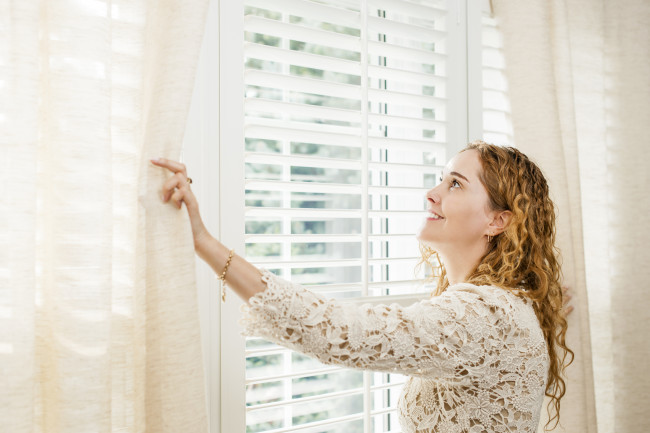Air leaks can present a major problem for Marion, NC, homeowners. Loose doors and windows and cracks and gaps around door and window frames are definite signs of air leaks in your home. These leaks are also sources of energy loss. Check for leaks now so that you can boost your home’s indoor air quality and energy efficiency.
Check Around Crevices
A visual inspection can easily reveal sources of air leaks. While window and door frames are some of the more obvious places to look for air leaks, you might spot problems lurking in other areas.
Look around electrical outlets, switch plates, attic hatches and fireplace dampers. Check for gaps between your baseboards or cracks between the floor or wall. These crevices provide easy channels for cool or warm air to escape from your rooms.
Look for Loose Doors and Windows
Do you notice cold or warm spots around openings like doors and windows? Open and close all your doors and windows to make sure they seal properly. If your window rattles or your door swings on loose hinges, you could be likely be losing conditioned air in this area.
Look at the weatherstripping beneath doors and windows; make sure you can’t see telltale cracks or other signs of damage. These air leaks either cause you to lose conditioned air or cause unconditioned air to enter your home. In both cases, the efficiency of your air conditioning system will be affected and you will likely see an increase in energy consumption.
Other Ways to Identify Leaks
Some air leaks are initially invisible to the naked eye; in other words, you can’t spot any obvious openings where you can see air entering the home. However, you can use simple tricks to detect these leaks.
Close dampers, vents, doors, windows and skylights. Make sure all exhaust fans and ceiling fans are off. Air rushing in from outside will cause the flame to flicker, giving you clues to find leaky spaces. You can also do the same with an incense stick. Stand near windows and doors and watch the direction in which the smoke moves.
Seal your home properly with material such as weatherstripping and caulk to keep pollutants outside and keep heated air inside. For more information about improving energy efficiency and indoor air quality, contact Gentry Service Group.
Image provided by Shutterstock


